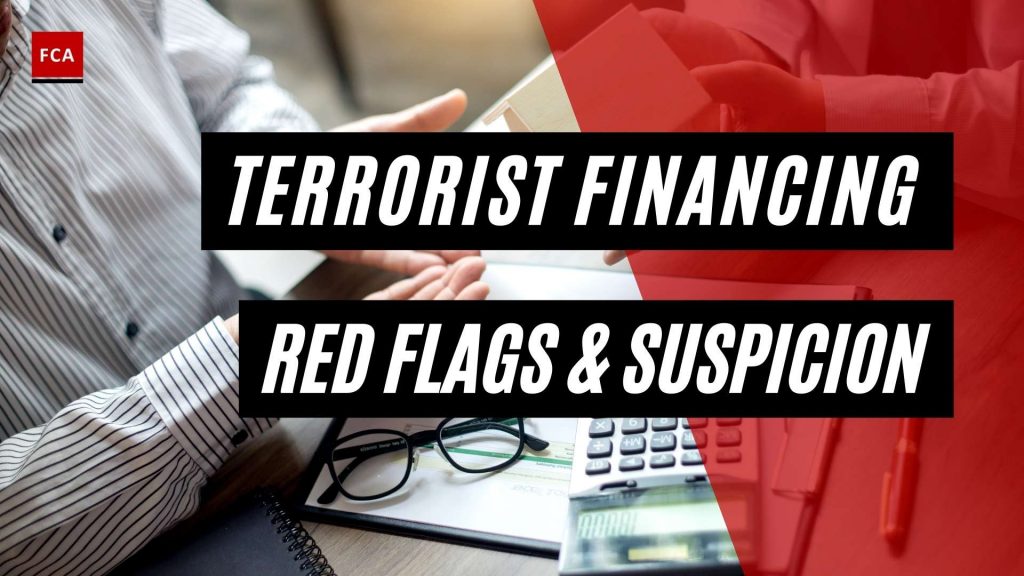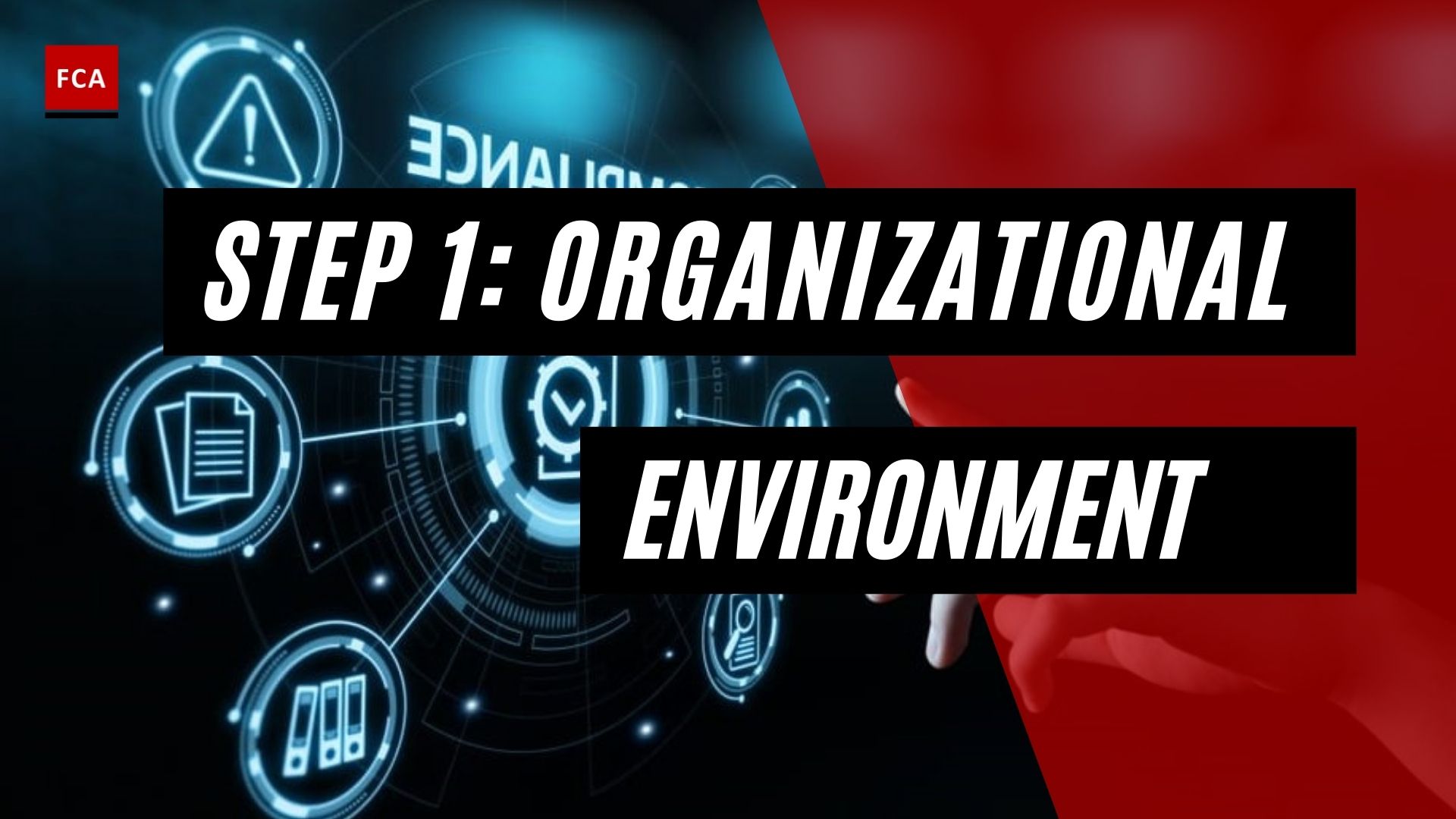There are different terrorist financing typologies. As we noted, terrorists still use legitimate activities to fund their operations including using individuals, charities, corporations, and trusts. This article elaborates on ‘Terrorist Financing Red Flags And Suspicion’.
In this section, we will discuss various methods business entities, not-for-profit organizations, and companies such as banks can employ on individuals, organizations and/or companies that are willing to trade or transfer funds with them to monitor their activities related to terrorist financing. The role of legal enforcement and relevant stakeholders is to identify terrorist groups that pose as either charities, non-profit organizations, trusts, or financial institutions.
Terrorism-financing red flags can be defined as “potential red flags that could initiate suspicion or indicate that something may be unusual in the absence of a reasonable explanation.” Typically, red flags originate from one or more factual behaviors, characteristics, patterns, or other contingent factors that recognize irregularities related to transaction of funds or attempts to transfer funds.
It is worth noting that a single indicator does not necessarily point to terrorist financing. However, observing such indicators should encourage legal enforcement to carry out an assessment of transactions to identify whether there are other additional terrorist financing indicators, contextual elements, or further facts that one can use to build a case and establish practical grounds to make allegations of commission of terrorist financing offences, which necessitates the submission of a suspicious transaction report.
General Terrorist Financing Indicators
Here are some examples of terrorist financing indicators law enforcement can use to conduct further assessment of any suspicious activity. To successfully detect and prevent terrorist financing, the first step entails identifying the person or entity in order to analyze and report the suspicious financial activity.
As a business owner, non-profit organization, or institution you may detect these terrorist financing indicators with a client as you go about your daily business. Depending on your business, it is important to note that some of the listed terrorist financing indicators may not apply.
Terrorist financing Indicators Associated with Identifying the Person or Entity
The following are examples of terrorist financing indicators that you may detect when identifying persons or entities:
- An inability to correctly identify the client.
- The client either refuses to provide the necessary information or provides information that is vague or misleading.
- The client provides information that is either substantially incorrect, false, misleading, or conflicting.
- The identification document of the client cannot be authenticated.
- The client changes the transaction after they are asked to produce their identification documents.
- Multiple clients use common identifiers such as phone numbers and addresses on transactions that are not related.
- Difficulties verifying the information that the client has provided.
- The transactions involve individuals and entities that are linked to criminal activities either by the media, intelligence agencies and/or law enforcement.
Terrorist financing Indicators Related to Client Behavior
The information that a business, non-profit organization, or company acquires through client behavior surrounding a transaction may lead them to conduct a further assessment on whether to report a suspicious financial activity.
Here are some examples of terrorist financing indicators that are linked to client behavior:
- The client mentions either directly or indirectly their involvement in criminal activities
- The client provides either misleading or false information
- The client is reluctant to provide information when requested
- The client displays nervous behavior
- The client takes a defensive stance when asked for further information or when he receives further queries
- The client doesn’t provide a sufficient explanation for the source of the money
- The client avoids meeting with the employees of the reporting entity
- The client makes a query on the possibility of not reporting the statements or tries to persuade the business entity not to file or maintain the required reports
Terrorist financing Indicators Related to the Individual’s or Entity’s Financial Profile
Having a clear understanding of the expected activity of either a person or entity allows you to properly assess their financial activity. The following are examples of terrorist financing indicators associated with the financial profile of the person or entity:
- The client seems to be living beyond their means
- The transaction activity of the client is inconsistent based either on the client’s usual pattern of activities, their financial standing, or the client’s occupational information (for example, student, social assistance, unemployed, etc.)
- The type or size of transactions are uncharacteristic of what you expect from the client
- The client uses products, services, or monetary instruments that are atypical for such a client
- The client has multiple foreign bank accounts
- An abrupt change in the client’s pattern of activity, financial profile, or transactions
Terrorist financing Indicators Based on Uncharacteristic Transactional Activity
There are some transactions that are outside the normal conduct of everyday business. The following transactions are examples that may point out a suspicious transaction and that would require further assessment:
- Complex transactions that don’t match their stated purpose
- The client presents either cash notes or financial instruments that are either wrapped, packed, or transported in an uncommon manner
- The particular transaction is consistent to a publicly recognized criminal activity
- The client transacts using odd smelling, extremely dirty, or musty bills
- The transaction is channeled through a suspicious shell entity that lacks a logical or economic rationale to exist

Crowdfunding and Terrorist Financing
An emerging subject in terrorist financing today is the use of crowdfunding platforms as a funding channel for terrorist financing. Money-laundering regulators around the globe are investigating how online crowdfunding channels are exploited to fund terrorism.
Terrorist financing and instances involving high-risk travelers, in particular, frequently involve small sums of money. For example, financial institutions, casinos, and money service businesses in Canada are required by law to report cross-border electronic transactions over $10,000 to the regulatory body.
Suspicious activity associated with terrorist financing and money laundering via crowdfunding include:
- Structured cash withdrawals from accounts that have received deposits from crowdfunding sites
- Cash installments and cheques deposited to personal accounts from unidentified persons and foreign entities
Nexus between Hate Motivated Crime and Terrorist Acts: Few Indicators
Religiously Motivated Violent Extremism or Ideologically Motivated Violent Extremism is on the rise globally. A recent London attack on a Muslim family is an example of how hate-motivated crime may be an outcome of a long-planned terrorist act.
Indicators of hate crimes could be:
- Absence of expected personal transactions such as normal debit and credit account activity and/or paying bills
- Sudden cessation of personal activity
- Frequent electronic money transfers followed by the depletion of funds through transfers to third parties
Terrorist Resourcing or Terrorist Financing?
Terrorist resourcing and terrorist financing are similar. However, terrorist resourcing is a more comprehensive and holistic concept that covers legitimate and illegitimate activities and associated economies such as money laundering and terrorist financial activity. Traditional money laundering does not capture investors, locations, or resources used for terrorist financing. The Terrorist Resourcing Model consists of five stages:
- Acquisition and Exchange (of stolen/looted funds)
- Aggregation of Resources
- Movement of Resources
- Transmission to a Terrorist Organization/Operational Cell
- Conversion of funds for end-use goods (such as ammunition, weapons, training, and transport) to carry out terrorist attacks








